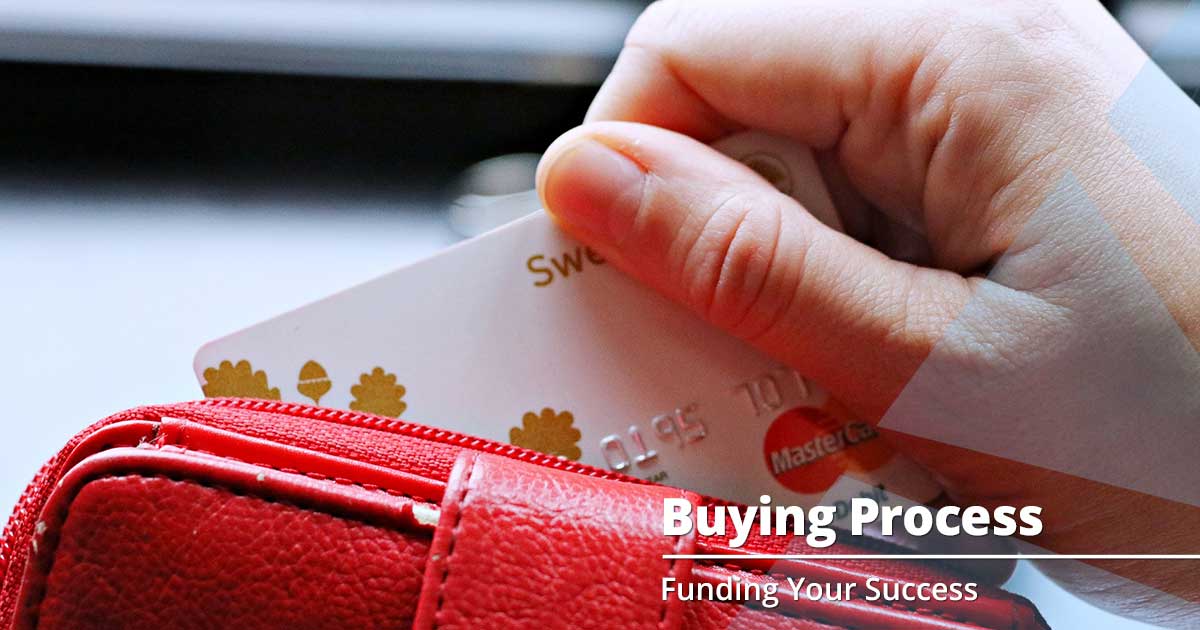The 6 Stages of the Customer Buying Process

Did you know there is a psychology behind how consumers make purchases? Before we’re willing to spend, we first go through several “stages” – six in total. And it’s the job of the marketing pros to ensure their strategies are making an impact during each stage of the process, effectively guiding the consumer effortlessly through to their ultimate decision: Yes I need this item, or no I don’t. Today, we’ll take a deeper look into the 6 stages of the customer buying process.
- Problem Recognition
This is arguably the most important piece of the puzzle—a customer realizing they have a need, and that your product or service fills that need. And this “need” we’re talking about doesn’t even have to be a real one! As a marketer, you’re essentially “creating an issue” the customer doesn’t even know they have (yet). How do you make an impact? Through marketing, of course! You can advertise the “issue” your customer has and how your business is uniquely positioned to solve it. Content marketing is huge here. Use your email lists, social media accounts, and direct marketing campaigns to speak to your customers’ needs and offer up a solution.
- Information Search
Your customer, with the help of your marketing efforts, now understands they have a need they were previously unaware of. People might ask their close friends and family for recommendations. If you’re lucky, your company will come up thanks to word-of-mouth marketing. But you can also tap into your social media influencers or review websites. The key here is understanding that every day, a consumer is out there searching for information about your products and services. Your job is to make yourself an authority in your specialty.
- Evaluation of Alternatives
We have a lot of options these days, which is why some customers are more prone to “shopping around” than others. At this stage of the buying journey, a customer is going to do their proverbial homework and look at what the competition is offering. Make sure you stand out from the crowd by communicating what makes your product or service different from the rest, and why it’s ultimately the best choice.
- Purchase Decision
You’re almost there! Your potential customer has weighed all their options and is ready to make a move. Remind them of the issue that brought them to your doorstep in the first place to create a sense of security in their decision to buy. Follow up with them via email if you’re unsure whether they’re going to do business with you—a perfect example is the “abandoned cart” email strategy in which customers who have left items in their online shopping carts get an email reminder that these things are still waiting for them.
- Purchase
Don’t make the purchase phase of the buying process tedious. You want to avoid friction at all costs, so it’s important that your website runs quickly and your checkout or POS process is seamless. Your customer chose you to do business with! Pay them back with the gift of a great purchasing experience.
- Post-Purchase Evaluation
There’s still time for a customer to turn back, even after they’ve made a purchase. Check in with them post-purchase with follow-up emails or surveys so they can rate their experience. Be sure you’re offering great customer service so they know you’re on their side, and engage with them about the product or service they just bought—teaching them the best way to use it or answering questions are ideal ways to show you’re a wonderful company to work with.
A lot of thought goes into our marketing strategies, so it makes sense that a lot of thought would also go into what we buy. Make sure you’re keeping up with the latest trends in marketing, finance, and all things small business at the Financial Pantry—ARF Financial’s blog. Browse articles by topic or industry and stay in-the-know for success!

